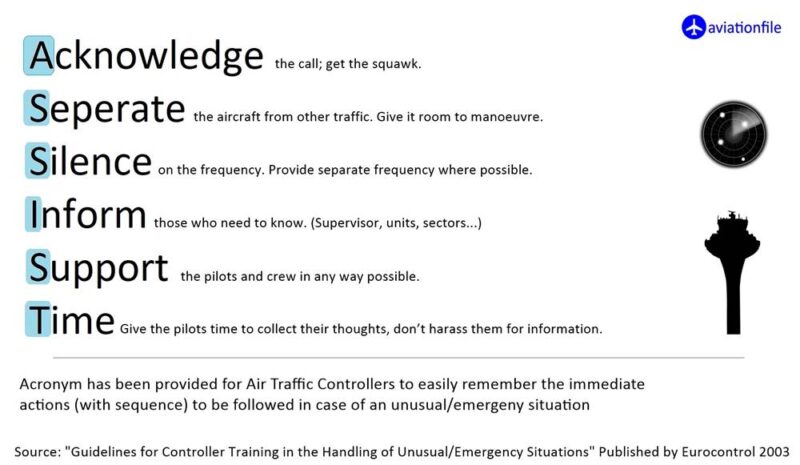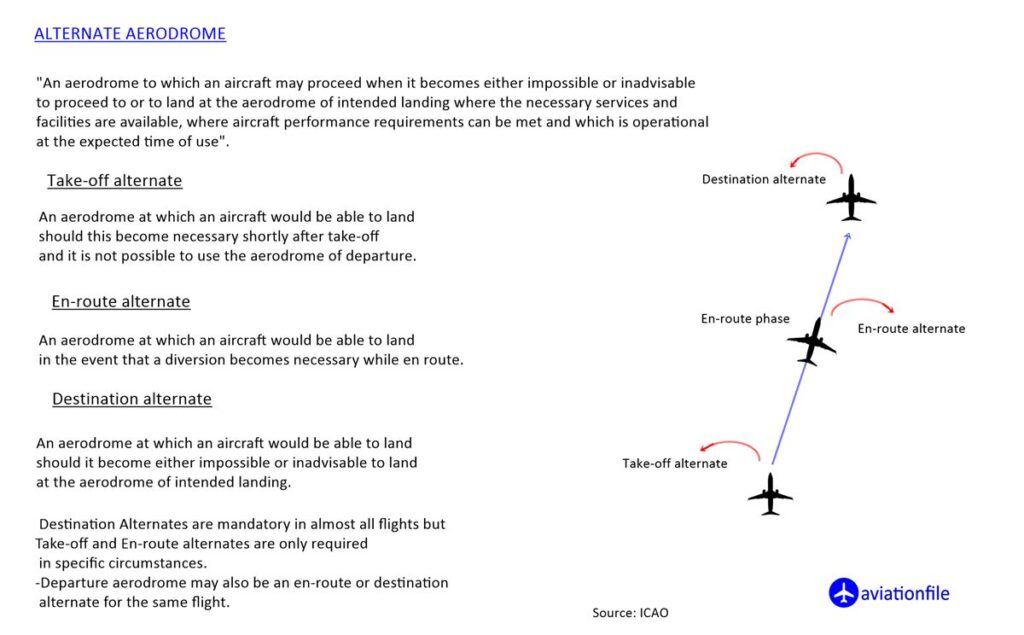Panic in the Sky: A Pilot’s Guide to Bomb Threat on Airplanes
Imagine soaring through the clouds, lulled by the drone of the engines, when whispers of “bomb” shatter the serenity. Your heart hammers, terror replacing tranquility. But before panic takes hold, take a breath. Here’s what you need to know as a pilot facing a bomb threat:
Immediate Action:
Gather intel: Discreetly assess the situation. Who made the threat? Where? When? Any suspicious behavior observed? Every detail matters.
Alert the crew: Inform your co-pilot and cabin crew immediately. Don’t panic, but act with urgency.
Activate the threat protocol: Engage the emergency checklist. Notify Air Traffic Control and ground security, providing all available information.

Decision Time:
Evaluate the threat: Assess the credibility based on details, passenger behavior, and intelligence reports. Is it a prankster, a disgruntled passenger, or a genuine threat?
Weigh the options: Consider the threat level, passenger safety, fuel status, and available landing sites. Each choice carries risks and benefits.
Make the call: Diverting to a secure airport might be crucial, but consider the potential disruption and secondary threats. Landing at the scheduled destination or holding patterns are also possibilities.

Taking Control:
Inform passengers: Be clear, concise, and reassuring. Explain the situation, emphasize safety measures, and instruct passengers to follow crew instructions.
Coordinate with authorities: Work closely with Air Traffic Control and ground security to ensure a smooth and swift response.
Manage the crew: Keep your team calm and focused. Delegate tasks efficiently and maintain clear communication.
Scoot flight TR16 from Singapore to Perth 12 Oct 2023
Scoot flight TR16, bound from Singapore to Perth, was rocked by a bomb threat, forcing the Boeing 787 to turn back. Fighter jets escorted the plane as it circled the South China Sea for nearly an hour before safely landing back in Singapore. The culprit, a 30-year-old Australian man, was promptly arrested for criminal intimidation. After a five-hour delay, passengers boarded a fresh flight with a new crew and finally reached Perth without further incident.
Remember:
- Every threat is serious. Even pranks require meticulous investigation and precaution.
- Time is of the essence. Act quickly and decisively, prioritizing passenger safety above all else.
- Clear communication is vital. Keep everyone informed, coordinated, and focused on the objective.
Landing with every soul safe – that’s the ultimate victory in this harrowing scenario. By staying calm, informed, and decisive, you can navigate even the stormiest skies and bring your passengers safely back to earth.
Regularly train your crew and yourself on emergency procedures. Familiarity breeds confidence and minimizes hesitation in critical moments.
Stay safe, fly high, and always be prepared.
References and Further Reading links
- Federal Aviation Administration (FAA):
- Aircraft Bomb Threats and Hoaxes: https://www.faa.gov/contact
- Passenger Assistance: https://www.faa.gov/
- Transportation Security Administration (TSA):
- What You Can Do: https://www.tsa.gov/
- Reporting Suspicious Activity: https://www.tsa.gov/
- International Civil Aviation Organization (ICAO):
- Annex 17 – Security: https://www.icao.int/security/sfp/pages/annex17.aspx


